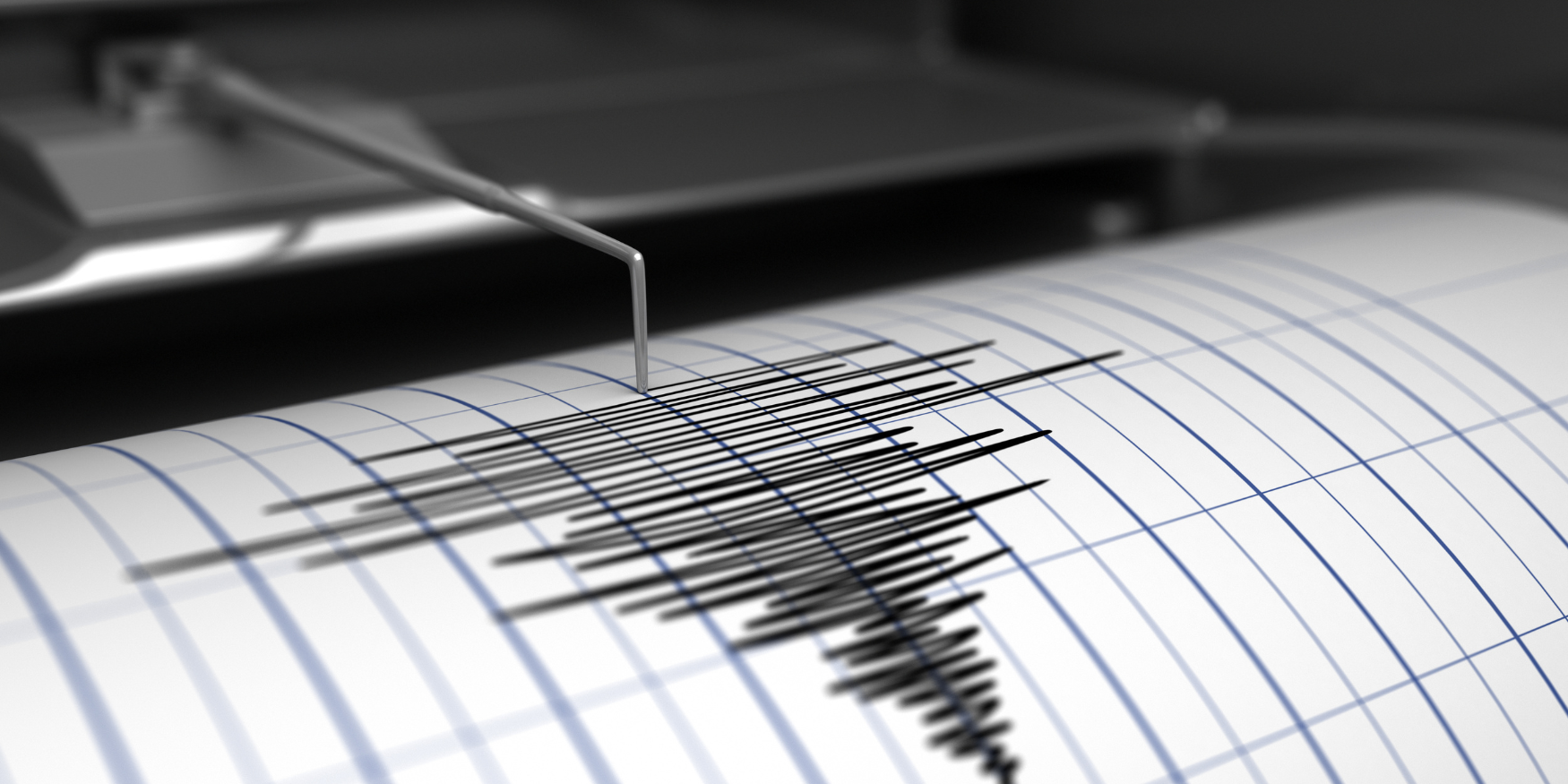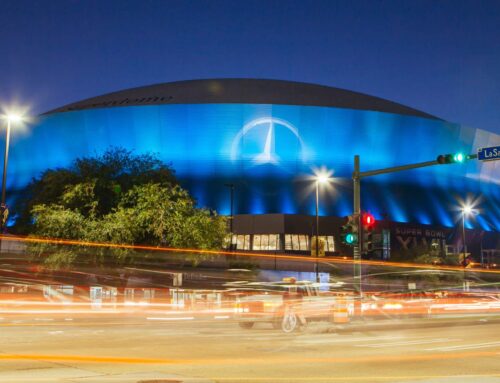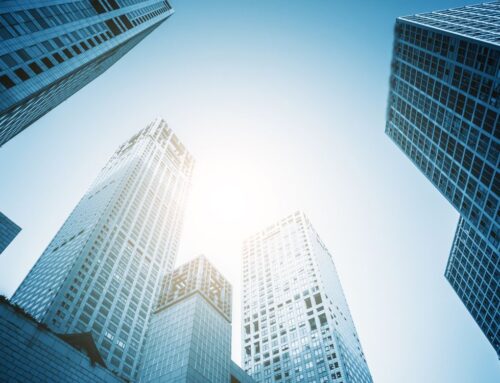In California, fire protection engineering must account for more than just flames. With a high probability of seismic activity, fire protection design must be resilient to fire hazards and earthquakes that can compromise safety systems when needed most. That’s why at Zari Consulting Group, our engineers integrate seismic resilience into every layer of fire protection engineering—from smoke control to suppression systems—to ensure life safety even after a major earthquake.
Why Earthquake-Proofing Fire Protection Systems Matters
California’s unique risk profile includes both wildfires and frequent earthquakes. During a quake, water lines can rupture, alarm systems can fail, and structural damage can render typical fire protection systems ineffective. Worse, fires often follow earthquakes due to ruptured gas lines or electrical shorts. For these reasons, fire protection design in California must be reinforced to remain operational even after seismic shocks.
Core Strategies for Seismic-Resilient Fire Protection Design
At Zari Consulting Group, our certified Fire Protection Engineers apply the latest codes, including NFPA 13, ASCE 7, and California Building Code Chapter 16A, to create systems that stand strong against earthquakes.
Here’s how:
- Flexible Pipe Supports and Seismic Bracing
Fire sprinkler systems are highly vulnerable to movement during a quake. Our engineers design with seismic bracing and flexible couplings to allow pipes to move without breaking. We ensure sprinkler heads remain operable, even in high-rise structures or critical facilities like hospitals. - Anchored Suppression Tanks and Pumps
Water supply tanks and fire pumps must be properly anchored and placed on seismically-rated foundations. In high-seismic zones, our fire protection design accounts for both lateral and vertical acceleration forces to keep these vital systems stable and accessible after a quake. - Seismic-Rated Fire Alarm and Detection Systems
Electrical fire alarms and smoke detectors must remain functional after seismic activity. We design systems with secure enclosures, vibration-dampening mounts, and redundant communication pathways to ensure that smoke control and evacuation signals are triggered when needed most. - Smoke Control Systems That Adapt Under Pressure
Post-earthquake fires can cause rapid smoke buildup in enclosed spaces. Our engineers design smoke control systems with backup power, fault-tolerant fans, and compartmentalized zoning to ensure pressurization, extraction, and stairwell clearance continue under emergency conditions.
California Projects That Meet the Challenge
Zari Consulting Group has delivered code-compliant, seismically-resilient fire protection systems across California, including:
NEMA at 10th and Market – San Francisco
Smoke Control Testing and Fire Code Consulting for high-rise residential tower.
Jasper at 45 Lansing – San Francisco
Integrated Fire Code and Smoke Control Design for a 39-story luxury tower in seismic zone 4.
19th and J – Sacramento
Fire protection and life safety consulting for a mixed-use project with complex smoke control needs
Each of these projects required advanced seismic coordination, from braced fire sprinkler systems to redundant power for control panels, ensuring continuity of protection even in the event of a major earthquake.
Read more about our projects here.
Plan for Seismic Safety Now—Not After the Quake
Waiting until after an earthquake to address fire protection vulnerabilities is a risk no commercial building owner can afford. Our California-based team of licensed Fire Protection Engineers specializes in earthquake-resilient systems that meet both state and national codes. Whether you’re retrofitting an existing structure or planning a new high-rise, Zari Consulting Group delivers fire protection engineering that’s designed to perform when it matters most.
Contact us today to speak with a certified fire protection engineer.




